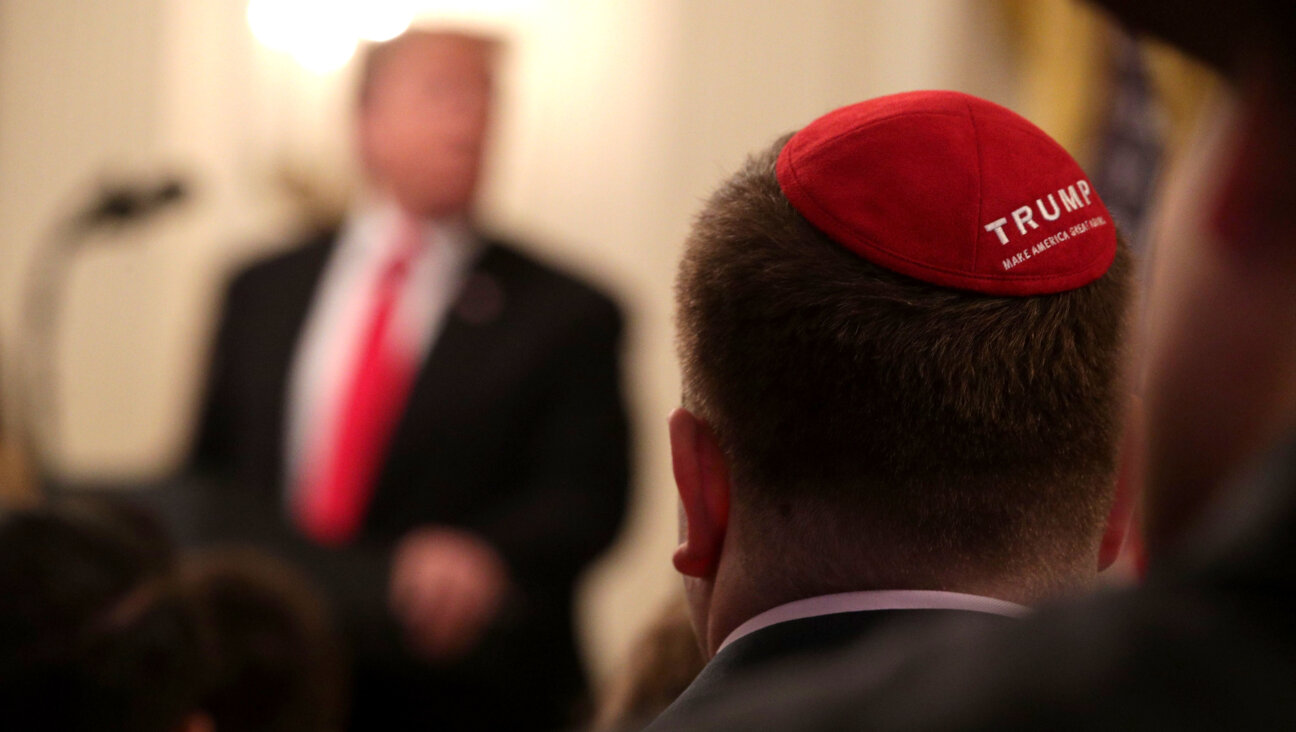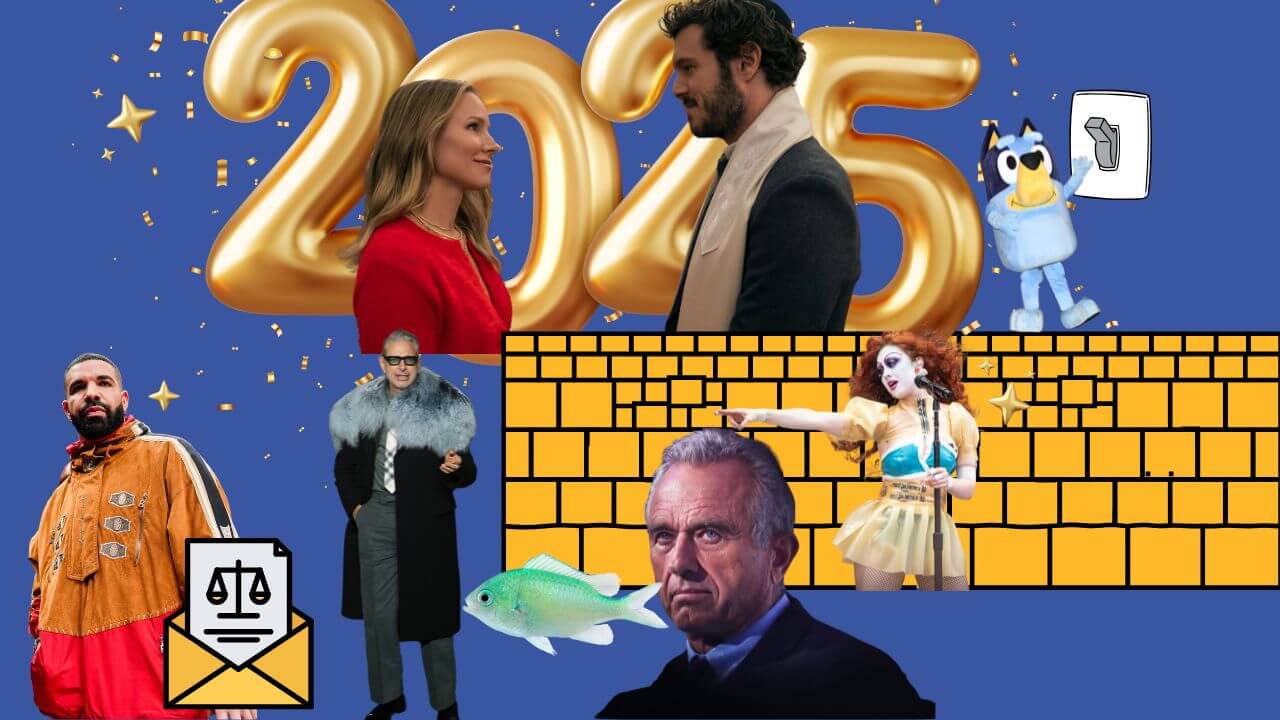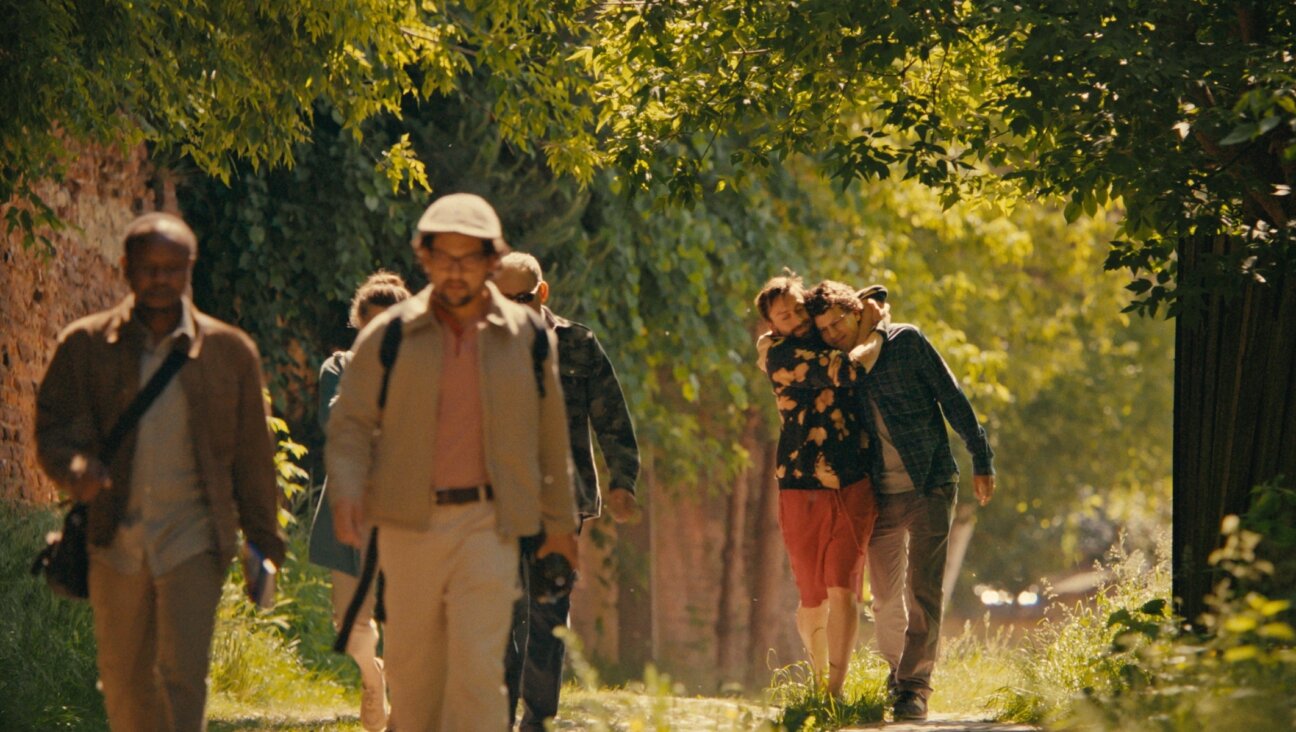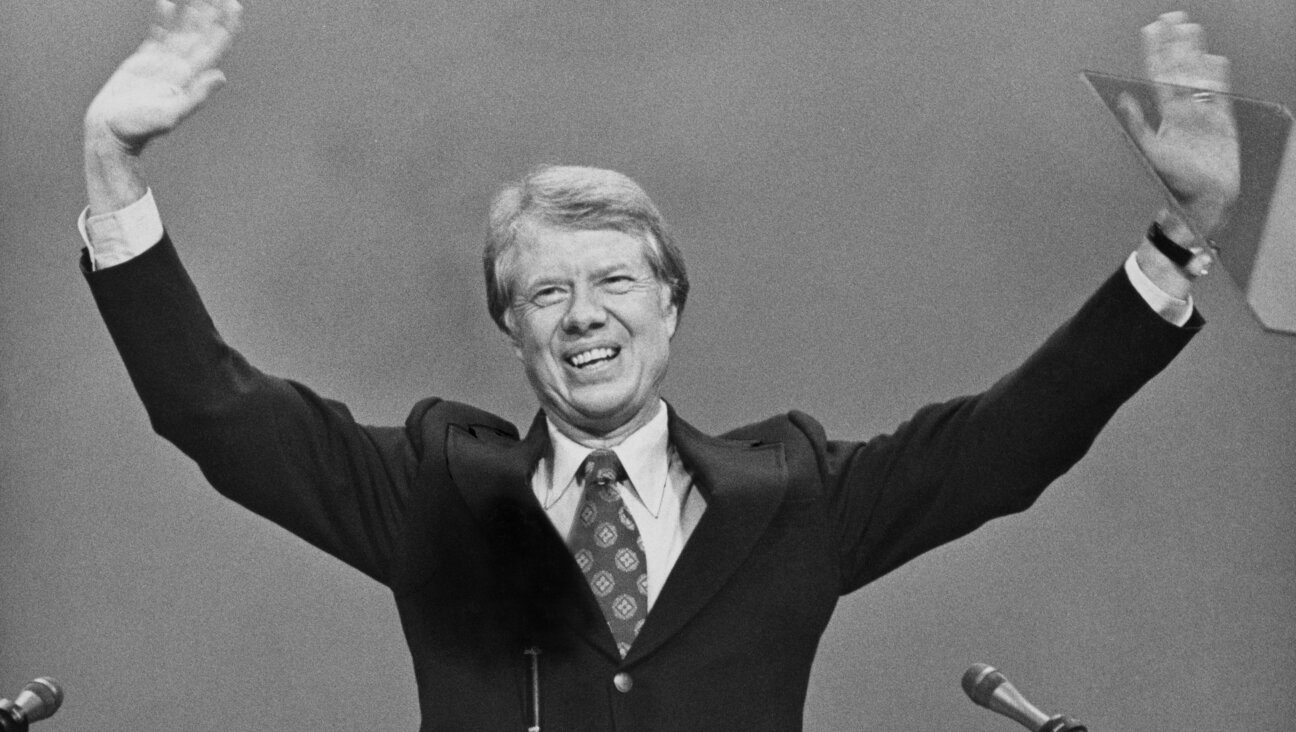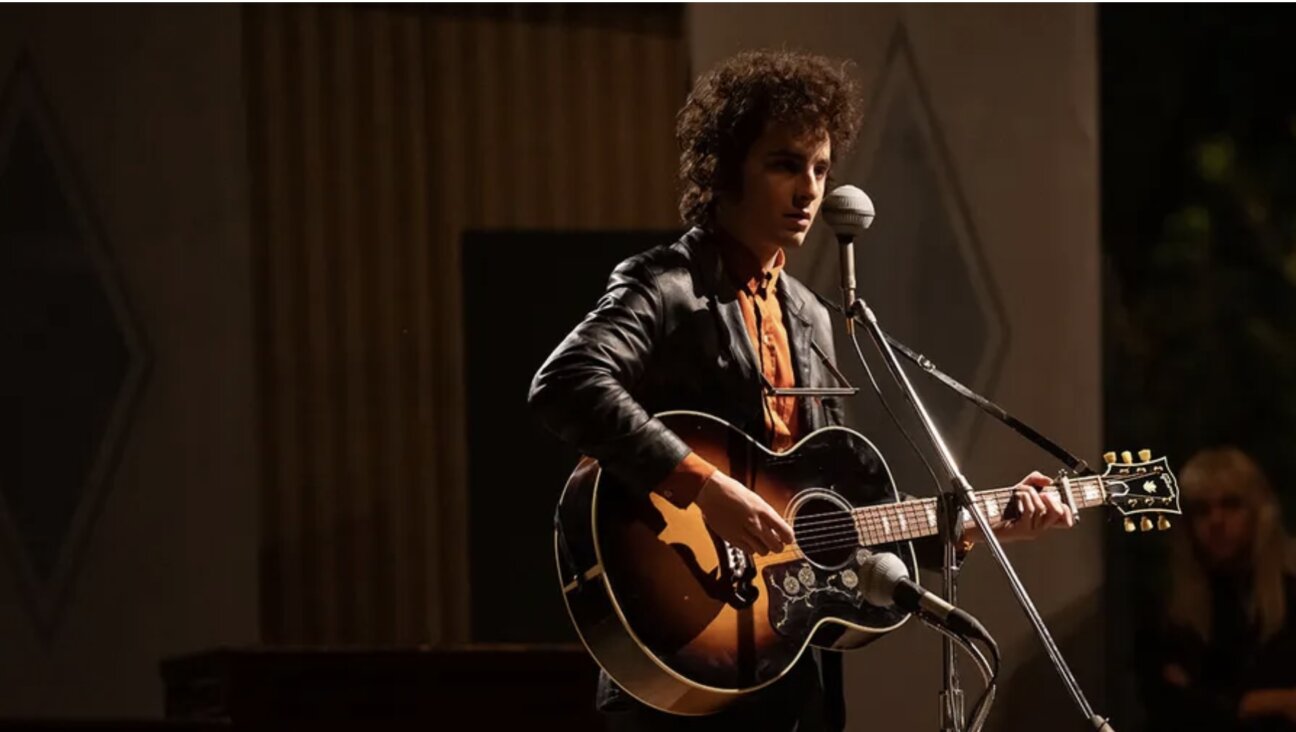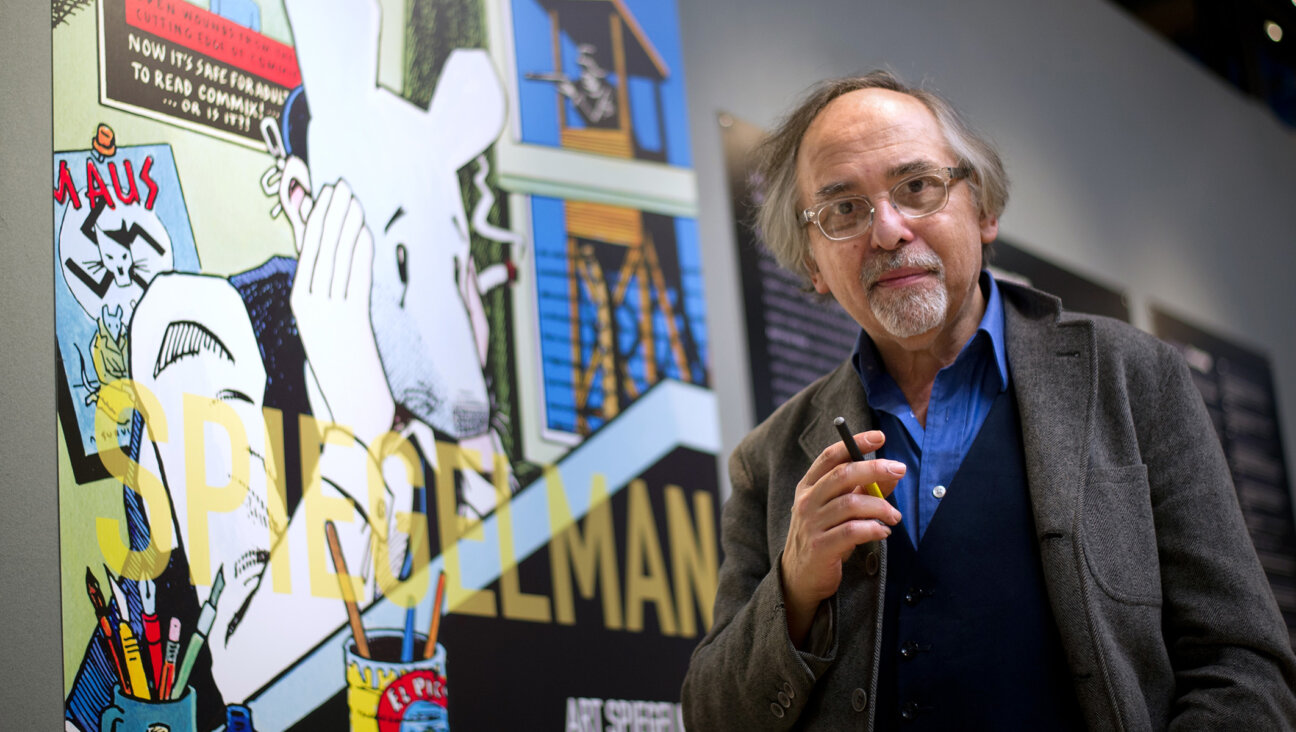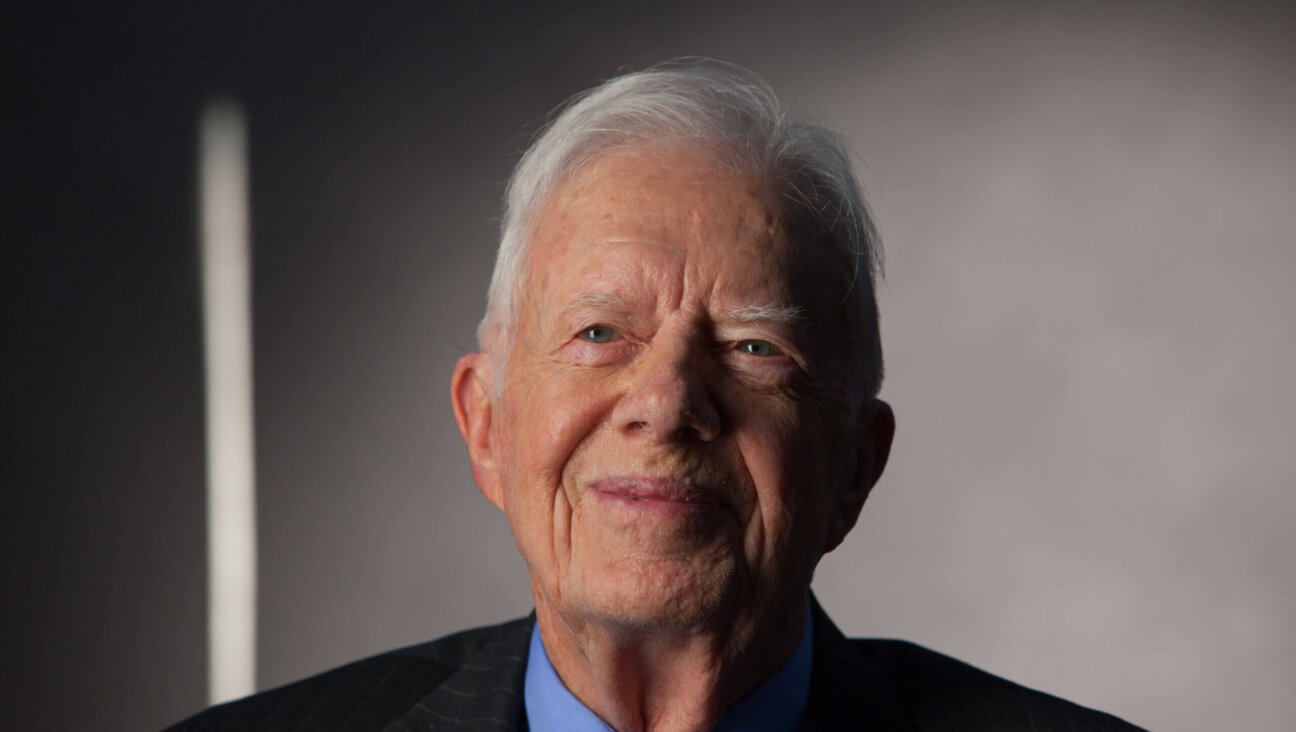The Jewish Elvis, Anthropologist
“Maybe it shouldn’t surprise us that so much of the way we think about African-American history emerges from the work of a white person of Jewish heritage” suggests Harvard University historian Vincent Brown in the Public Broadcasting Service’s documentary “Herskovits at the Heart of Blackness,” first shown on February 2. He then proceeds to explain. Brown’s lack of surprise is because the Jewish search for identity, without obvious homeland ties, was both further developed and less circumscribed than that of “Negroes” in the 1920s and ’30s, when Herskovits began his serious investigations into the Africanness of black Americans.
As with Elvis Presley who brought black music to a broader audience, though, sounding the voice of an oppressed minority can prove problematic for both that minority and the nation. Neither did white America want some uppity Jew telling them about the culture of the people they’d enslaved for 400 years, nor did African Americans want someone from outside their community setting the terms of their own self-knowledge. But those in power did want to understand those they exploited, and the exploited needed some way of hearing their own voice. More “Man on the Wire” than “Elvis in Hawaii,” that marginal intersection was the path Herskovits walked.
But first, the man and his achievements — which Llewellyn Smith’s documentary lays out cleanly and appreciatively. Having moved west from Ohio for his mother’s health, he grew up as one of the few Jews in El Paso, Texas. Gifted with an extremely curious mind, he managed, as a 15-year-old, to follow Pancho Villa and his supporters in 1911 and report on both sides of the Mexican Revolution.
A theorist and a pragmatist, Herskovits wanted to improve the world. He flirted with the idea of being a rabbi, but after enlisting and seeing the horrors of war in Europe he had second thoughts. His daughter, a professor like all the talking heads in the documentary (including K. Anthony Appiah from Princeton and Lee D. Baker from Duke), recalls him telling her: “Once upon a time, God and I decided to go our separate ways. And neither one of us has ever had a moment’s regret.”
Herskovits ended up in New York at Columbia, fascinated by social justice and all the “isms” that might affect it. He wrote a political science master’s thesis about the Industrial Workers of the World, which concluded that corporations and the government targeted the union. But there would be personal and political choices to make for the sake of his studies once he met Franz Boas and embarked on his anthropological career.
The 19th century was the century of race. Anthropology had largely been a series of procedures to measure body parts in order to categorize them and hence tag their behaviors and abilities as cultural characteristics of that race. In the context of virulent racism at home and in Europe, Boas, and later Herskovits, were to prove how scientifically unfounded that method was. However convenient it was for white Europeans to label another culture different, therefore inferior — especially those with whom they were in conflict — it was untenable.
The New York of the Harlem Renaissance was a perfect place to think about the proud cultural distinctiveness of African-American culture. And Herskovits’s crowning achievement would be to decisively move black culture away from being considered a pathological shadow of white culture. Since he made it, his case that African-American culture was its own vibrant form of North American culture with crucial African aspects that had survived the traumas and dislocations of the Middle Passage has never seriously been questioned.
And yet he was a white man, who had largely shelved his Jewishness and his politics in order to have access and to set up institutions to study race in America. The film notes that Herskovits had serious differences of opinion with no less an African-American eminence than W.E.B. Du Bois. And Brown, whose research underpins this documentary, asks, “Does the right to describe and define a people give you power over that people?”
This is an important question, and one that is sadly left hanging by the disappointing closing part of the program. Leaping too quickly and too lightly from the 1969 fight in Montreal over who would run the African Studies Association (middle-aged white professors or student-aged black activists), the film takes us to the contemporary horrors of genocide and torture (Rwandan skull piles, crying Serbs, iconic Abu Ghraib). There’s a vast and important gap between prying open an academic space on behalf of another community and murdering or torturing that other community systematically.
Brown comments on the irony of the author of “The Myth of the Negro Past” inspiring black activists to bring down the institutions he himself set up: Herskovits was the founder and first president of the ASA. But this is a nonexistent irony, and the first tiptoed step into the logical abyss that flaws this film. Organizations are often set up with self-denying missions (relief organizations want desperately to be out of a job). To imply that Herskovits would have objected to the racial aspect of the ASA takeover seems to miss the point. He might well have objected to the youth and under-qualification of the activists as lead scholars, but he never made the leap to the prescriptive from the descriptive.
As the documentary points out, defining cultural characteristics can dangerously imply how cultures ought to behave and thus ought to be treated. Herskovits traded in his politics and peoplehood for the scientific credibility necessary to undermine the pseudo-science of race: He deserves not sensationalist speculation but real discussions of the types of services he and others have rendered, albeit from outside, to African-American culture.
Dan Friedman is the Arts and Culture editor of the Forward.
A message from our Publisher & CEO Rachel Fishman Feddersen

I hope you appreciated this article. Before you go, I’d like to ask you to please support the Forward’s award-winning, nonprofit journalism so that we can be prepared for whatever news 2025 brings.
At a time when other newsrooms are closing or cutting back, the Forward has removed its paywall and invested additional resources to report on the ground from Israel and around the U.S. on the impact of the war, rising antisemitism and polarized discourse.
Readers like you make it all possible. Support our work by becoming a Forward Member and connect with our journalism and your community.
— Rachel Fishman Feddersen, Publisher and CEO








